Error E10 in the AEG washing machine
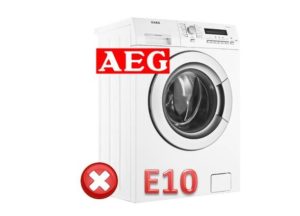 Modern automatic machines are equipped with a self-diagnosis function for faults that occur in the system. This addition is very convenient for the user; it helps to quickly determine the cause of the unit failure. An E10 error that suddenly appears on the display in an AEG washing machine immediately interrupts the washing program, blocks the hatch door, and stops the operation of the system. What this code means and how to fix the failure will be discussed in this article.
Modern automatic machines are equipped with a self-diagnosis function for faults that occur in the system. This addition is very convenient for the user; it helps to quickly determine the cause of the unit failure. An E10 error that suddenly appears on the display in an AEG washing machine immediately interrupts the washing program, blocks the hatch door, and stops the operation of the system. What this code means and how to fix the failure will be discussed in this article.
Meaning of this error
What does the displayed code tell you? Having studied the operating instructions for the AEG machine, you can understand that this designation indicates an insufficient amount of water in the tank or its absence. This interpretation of the code is quite extensive, since in reality there are several reasons for the appearance of E10. The washing machine may display an error on the display if:
- lack of water in the water supply (in case of internal shutdown of cold water supply);
- defective water intake hose;
- Fill valve malfunction;
- failure of the pressure switch;
- presence of self-draining water from the tank.
Self-draining is the spontaneous leakage of water from the SMA tank due to some kind of breakdown.
Some washing machines that have a fairly extensive database of error codes can clarify the reason for stopping the normal operation of the unit, indicating a specific malfunction in the system. However, most AEG machine models do not have this capability, so they issue a general code E10. If the washer does not specify which part has failed, when carrying out repairs with your own hands, you will have to keep all the above factors in mind.
We are looking for the reason for the appearance of the code
If a fault code in an AEG machine is displayed on the digital screen, it is necessary to examine one by one the main elements of the washer system responsible for drawing in water and draining waste liquid. It is right to start inspecting the unit with the simplest one, the one for which you do not need to climb deep into the body of the machine. It is logical to check the parts to which you have easy access, since in 90% of cases the malfunction can be corrected at the household level.
Let's look at what actions need to be taken to confirm or refute each of the named factors leading to error E10. The first reason given was the lack of water in the water supply network. There is no need to explain how to see if there is water in the pipes, since even a child can check it.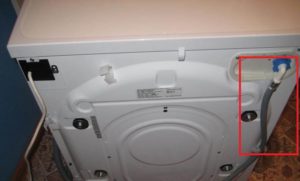
The next point is a defect in the inlet hose. This could be due to blockage, bending, damage, etc. What to do in this case? If a water filter is installed in front of the hose, you need to remove the cleaning element and examine it - it is probably clogged with debris and deposits, and that is why water does not flow into the tank. If there is no filter or it is not clogged, check if there are any kinks or kinks in the hose. Then you should check the tightness and reliability of the connection between the water intake hose and the water pipe, as well as the hole in the washing machine.
When the water intake system into the tank is fully operational, it is necessary to examine the unit for the presence of self-draining liquid. To do this, you should lean against the body of the washing machine and try to hear the water leaving the tank and murmuring in the drain hose. Since the E10 code stops working after the E10 code is displayed, it will not be difficult to hear this.When you notice such a sound, you need to check the drain hose - it should not be located on the floor. If it lies this way, you should raise the hose above the floor level to a height of about 60 cm.
When the steps described above did not help to identify the root cause of the fault code, you need to move on to diagnosing the internal elements of the washer. Be careful, without special knowledge in the structure of a washing machine, you can spend a lot of time on repairs and not achieve the desired result. Therefore, even before starting work, carefully study the issue of the internal structure of the unit, and if the household appliance is under warranty, it is better to entrust the repair to professionals.
Checking the pressure switch
The next step in finding a breakdown is to check the water level sensor in the tank. Getting to the pressure switch and diagnosing it is not difficult; just follow the following algorithm: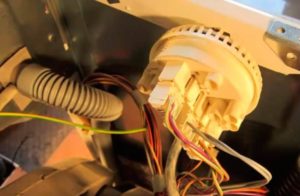
- turn off the power to the washing machine;
- turn off the valve responsible for supplying liquid to the tank;
- remove the top cover of the washing machine body; to do this, unscrew the bolts holding it.
After carrying out such simple manipulations, you will get free access to the pressure switch. After this, you should arm yourself with a tube of a diameter corresponding to the diameter of the sensor fitting. Carefully release the retaining clamp and disconnect the pressure hose. Attach the prepared tube to the fitting and lightly blow into it. When the pressure switch is fully operational, the contacts will operate – the device will make 1 or 3 clicks. Then examine the sensor body for defects, inspect whether there is a blockage in the hose, if debris is found inside the pipe, rinse it with a stream of water.
After performing an external inspection, you should check the pressure switch using a multimeter.The device is switched to resistance measurement mode, after which the tester probes are applied to the sensor contacts. The values displayed on the multimeter display should change. If they remain the same, we can conclude that the pressure switch is faulty and should be replaced.
Problems with the electronic system
What to do if, after double-checking all possible factors, error E10 cannot be resolved? Very rarely, this code completely paralyzes the operation of the machine, not at all because there was a failure in the water intake or drainage system. The washing machine can work like a clock, but a warning sign will still appear on the display. What else could be the problem?
Perhaps there was a breakdown of the control board - the main unit that regulates the operation of all parts of the machine. This can happen due to power surges, manufacturing defects, or frequent switching on and off of the washing machine during operation.
It is impossible to fix electronics yourself without having knowledge in this area; it is better to entrust such complex work to a competent technician.
Although modern automatic machines have a self-diagnosis function for emerging faults, often the displayed error code does not specify which part has failed, but indicates a general problem. This is the case with code E10. You will still have to identify the breakdown yourself by examining several elements of the system.
Interesting:
Reader comments
- Share your opinion - leave a comment

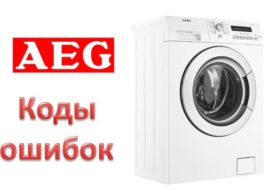
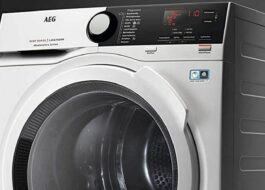
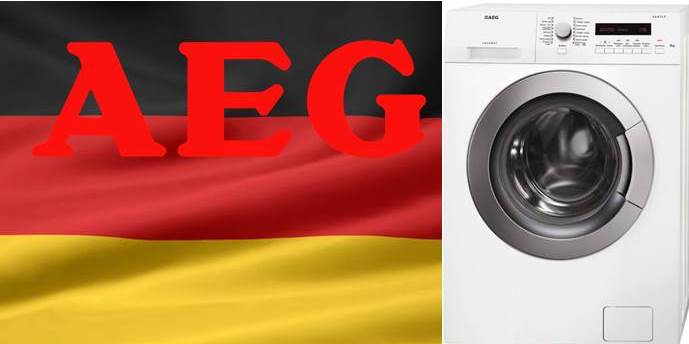
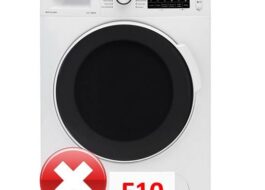
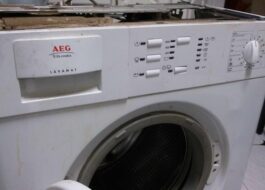


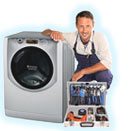
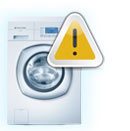
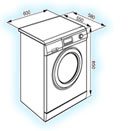


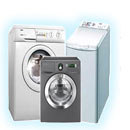
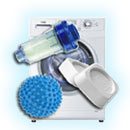


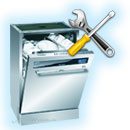
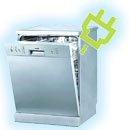
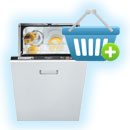
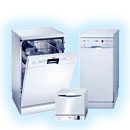
Add a comment